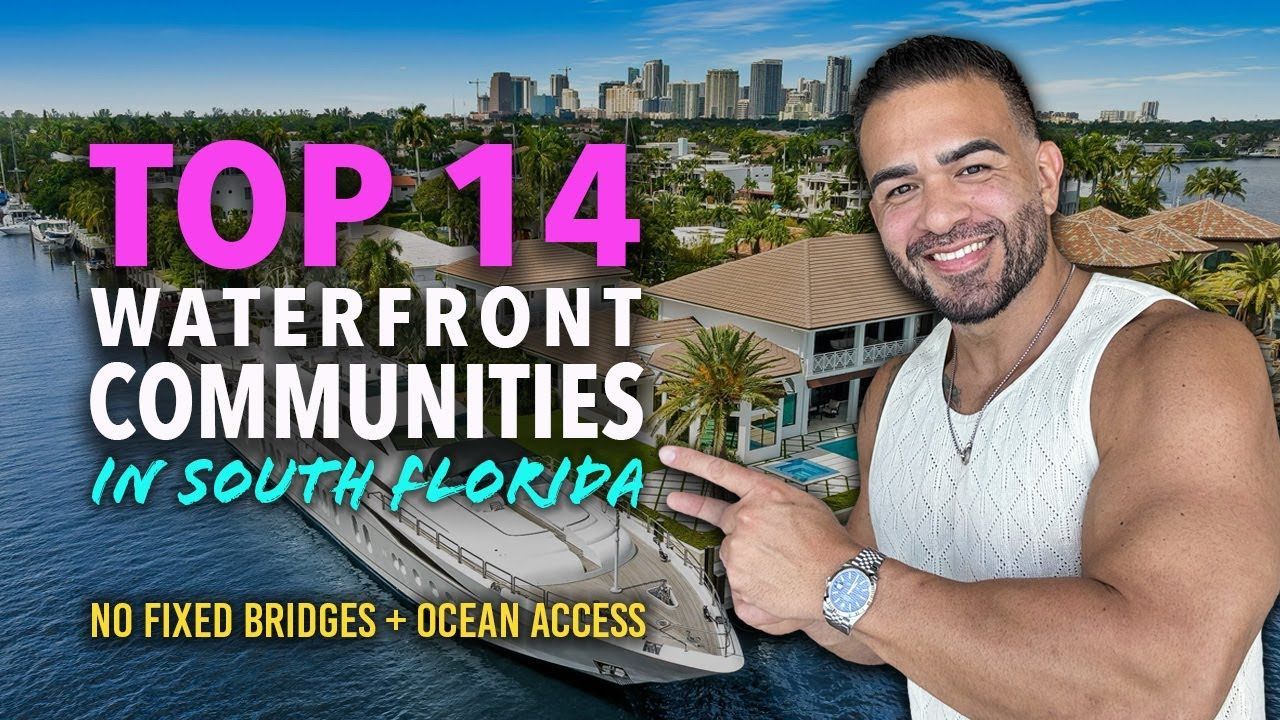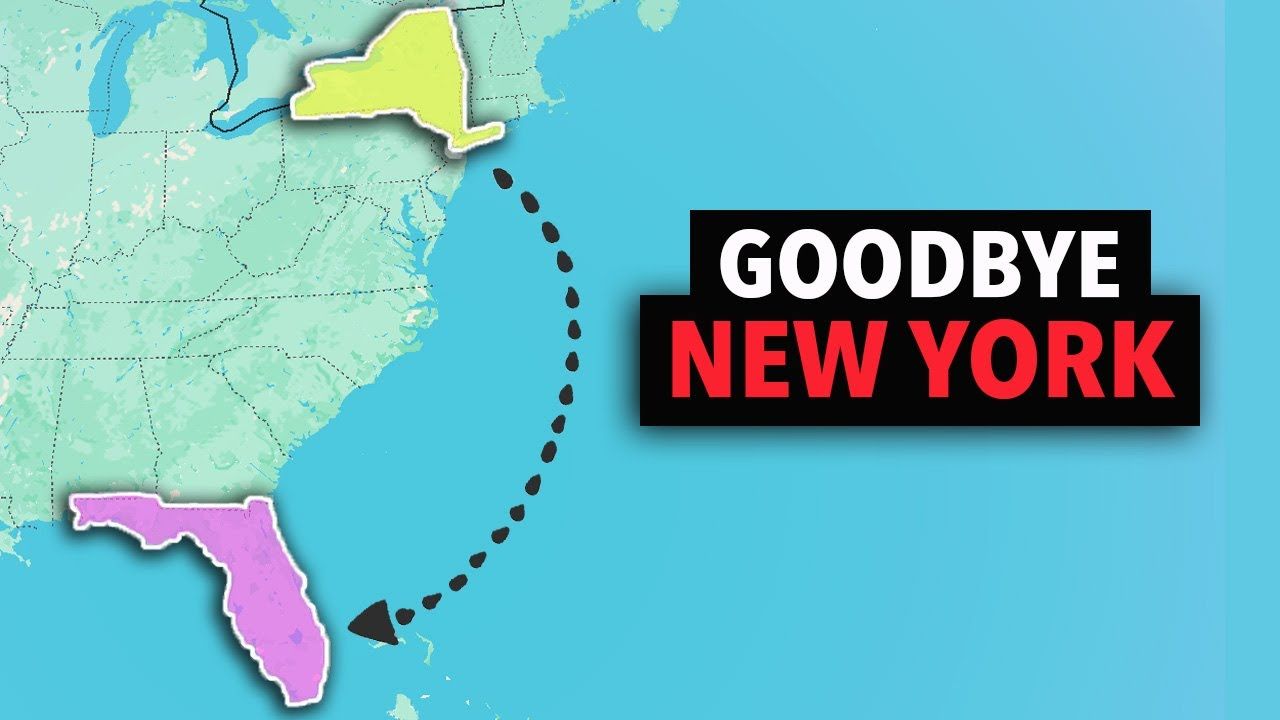Flood Insurance Premiums are about to Explode in Florida!
The latest headlines about the Florida flood insurance rate are hard to ignore. Across coastal and low-lying ZIP codes, averages are set to climb dramatically, and for many homeowners that means another major line item in the monthly budget. This is not just a statistic; for thousands of families it will change affordability, refinance decisions, and long-term plans around where to live in Florida.
Below I break down what is driving these changes, real examples of rate hikes by ZIP code, what options exist for homeowners, and practical steps to protect both your property and your wallet. The phrase Florida flood insurance rate will appear often because this topic is central to every decision about living near water in the state.
Table of Contents
- Why the Florida Flood Insurance Rate Is Rising So Fast
- How Policy Changes and State Rules Affect Your Florida Flood Insurance Rate
- Real ZIP Code Examples: How Big Are Florida Flood Insurance Rate Increases?
- Not Just Florida: A Nationwide Pricing Realignment
- What Homeowners Can Do to Reduce the Impact of Rising Flood Insurance Costs
- What to Watch For and Final Practical Tips
- FAQs About the Florida Flood Insurance Rate
Why the Florida Flood Insurance Rate Is Rising So Fast
The short answer: pricing is finally catching up with risk. FEMA replaced older pricing with Risk Rating 2.0, a new model that calculates premiums using multiple factors — flood frequency, flood type, distance to water, elevation, and cost to rebuild. The goal is to align premiums with actual risk and to help pay down FEMA’s large backlog.
Risk Rating 2.0 is essentially an algorithm that personalizes the Florida flood insurance rate for each property. Properties near tidal waters and in repeatedly flooded neighborhoods are seeing the biggest increases. At the same time, some low-risk properties should see lower premiums — but many of those discounts simply do not apply in South Florida.

VIEW MORE HOMES FOR SALE IN FLORIDA
How Policy Changes and State Rules Affect Your Florida Flood Insurance Rate
State legislation and insurance company structures are amplifying the impact. Senate Bill 2A made changes that require many homeowners with Citizens Insurance policies to carry flood insurance, regardless of perceived risk. That means more homeowners will see the Florida flood insurance rate show up on their bills — even in areas that previously felt safe.
For people who carry private policies, options still exist. But because the broader Florida insurance market is under stress, the state-run Citizens program often ends up being the most affordable path for many homeowners, and it is the program with new mandatory flood requirements for policyholders in eligible counties.
Key deadlines homeowners should know
- The first enforcement date applied to new Citizens customers in FEMA-designated special flood hazard areas starting April 1.
- Most current Citizens policyholders must obtain flood coverage within the next four years unless they are exempt because they lack wind coverage.
- Check with a licensed agent to confirm your specific deadline and options.
Real ZIP Code Examples: How Big Are Florida Flood Insurance Rate Increases?
FEMA released comparison spreadsheets showing the change between current averages and the new Risk Rating 2.0 premiums. The numbers are striking.
- Boca Raton ZIP 33432: average flood premiums could rise from about $950 to roughly $3,128 — a 229 percent increase.
- Broward County 3305 (Wilton Manors, Middle River neighborhoods): average premiums could jump from $1,099 to around $3,400 — about a 209 percent increase.
- Fort Lauderdale Edgewood: projected increase from $863 to $1,420, or roughly 64 percent.
- Certain Miami ZIP codes including areas near Key Biscayne could see average annual rates as high as $7,000.
- Pensacola and parts of northwest Florida show big percent jumps as well, with some averages roughly doubling.
These are averages within ZIP codes. Individual premiums vary widely depending on property specifics. Still, the averages illustrate the scale of change in the Florida flood insurance rate across the state.
Not Just Florida: A Nationwide Pricing Realignment
This is not uniquely a Florida problem. Risk Rating 2.0 affects many states. For example, Houma, Louisiana and parts of Kentucky that have experienced historic floods show steep increases in average premiums. The model is meant to reflect real risk, so areas that have flooded repeatedly now face much higher Florida flood insurance rate equivalents in their states.
What Homeowners Can Do to Reduce the Impact of Rising Flood Insurance Costs
There are practical steps that can help reduce both risk and premiums. Investments in mitigation often pay off in the form of lower insurance costs or at least reduced damage after a storm.
- Elevate the home where feasible; elevation is one of the strongest ways to reduce flood risk and insurance expense.
- Install flood-resistant materials in basements and lower floors to reduce repair costs after a flood.
- Buy private flood insurance where competitive offers exist; private carriers sometimes provide better coverage or pricing for certain properties.
- Work with an experienced insurance agent to review policy options, discounts, grandfathered rates, and available mitigation credits.
Mitigation measures not only reduce the likelihood of catastrophic loss but can sometimes lower the Florida flood insurance rate by changing a home’s risk profile under the new pricing model.
“It’s like the insurance companies are saying, ‘Oh you want to live by the beach? Sure, just pay us your newborn and sign here.’”
What to Watch For and Final Practical Tips
1) Confirm whether your mortgage lender requires flood insurance. Many lenders demand it if your property is in a FEMA special flood hazard area regardless of whether you were previously insured.
2) Review the NFIP and private-market options. The NFIP is administered by FEMA and is the most common route, but private carriers may offer alternatives.
3) Keep records of any mitigation work and elevation certificates. These documents are essential when applying for credits or lower rates under the new Florida flood insurance rate system.
4) Talk to a licensed agent experienced in flood policies for tailored advice. Local agents often know which companies and coverage forms work best for the neighborhood you care about. To get in touch with me, call or text 561-609-1345.
FAQs About the Florida Flood Insurance Rate
How will the Florida flood insurance rate change affect my monthly budget?
For many homeowners, premiums will increase materially and could add several hundred to several thousand dollars a year depending on the property. Use FEMA’s risk comparison tools and speak with an agent to estimate your new costs.
Can mitigation work lower my Florida flood insurance rate?
Yes. Elevating a structure, installing flood openings, and using flood-resistant materials can improve your risk rating and may reduce premiums. Documentation and elevation certificates are required to secure credits.
Are there alternatives to the NFIP for finding a better Florida flood insurance rate?
Private flood insurers sometimes offer competitive rates or broader coverage. However, availability depends on the property and local market conditions. Compare NFIP quotes with private options through an experienced broker.
What if I cannot afford the new premiums?
Start by discussing options with your insurer and agent. Ask about phased increases, mitigation credits, and eligibility for assistance programs. Selling or relocating is a last resort; many homeowners find mitigation and shopping the market can blunt increases.
READ MORE: Inside Bocaire Country Club: A Guide to Boca Raton’s Best Kept Secret

Jonathan Alexander creates educational YouTube content to guide potential buyers through the process of relocating to South Florida, offering insights on the best places to live and what to expect. As a seasoned Realtor®, he combines his expertise with a passion for helping clients make informed real estate decisions.















